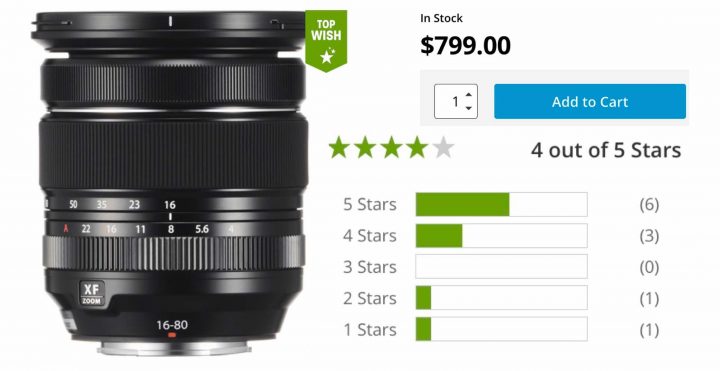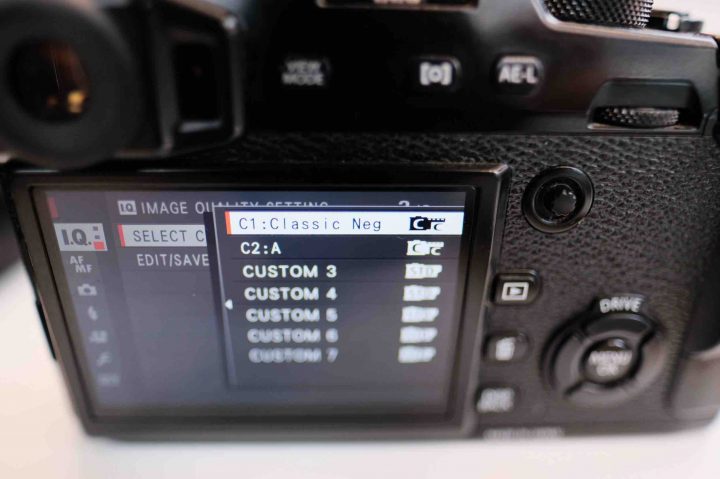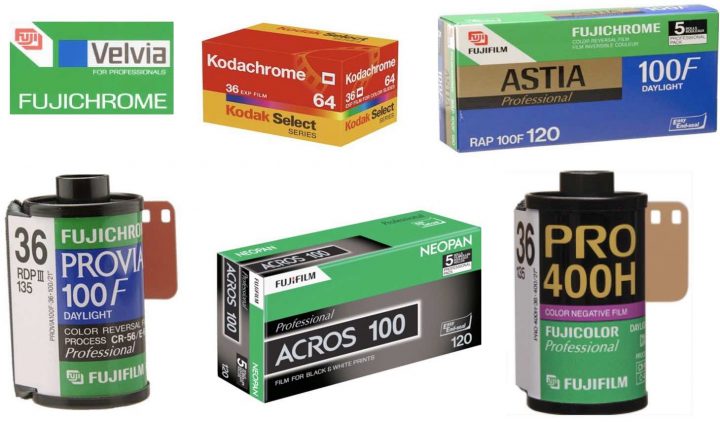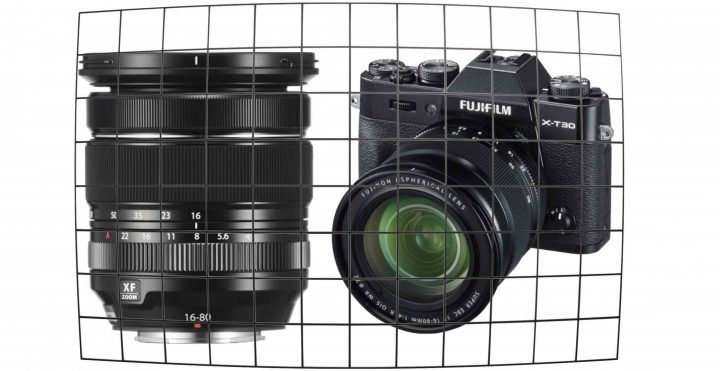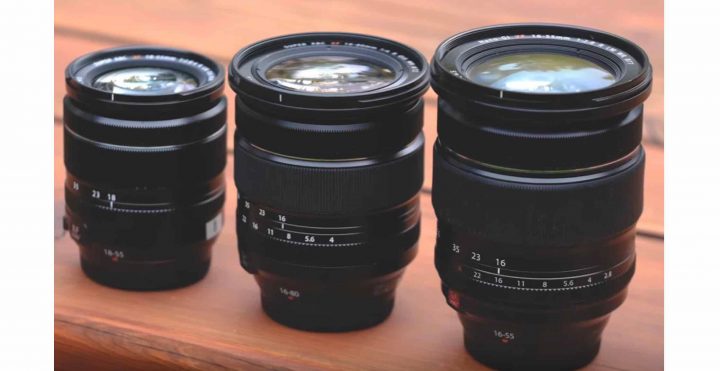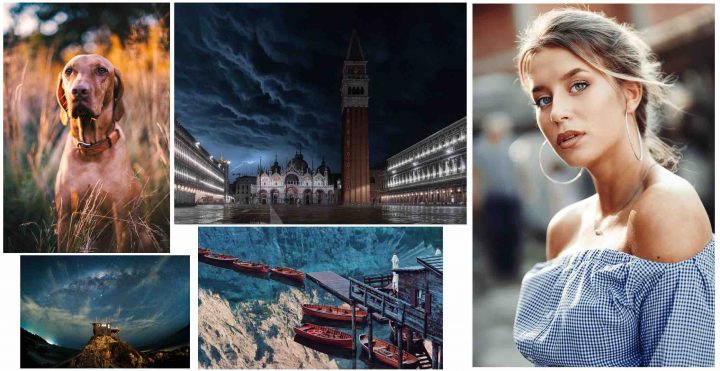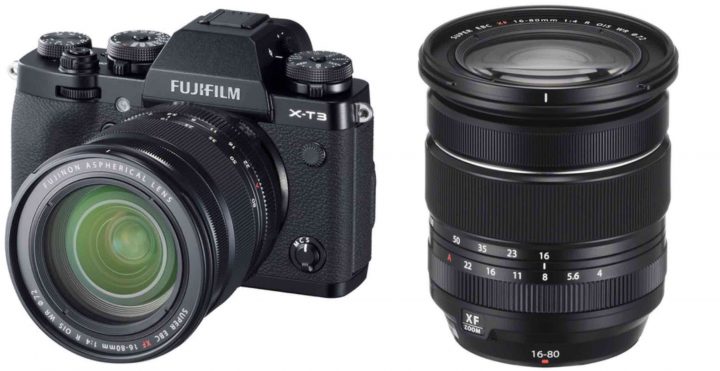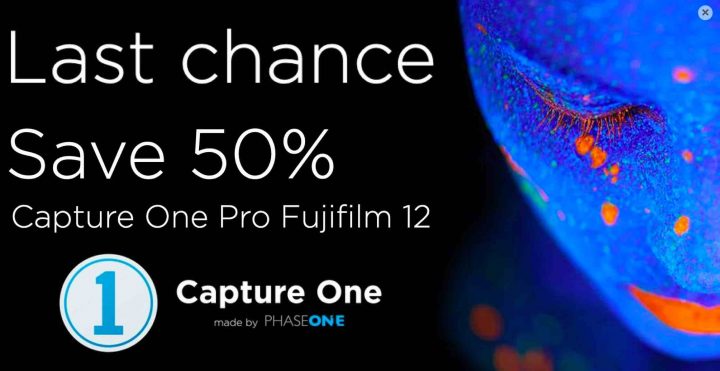ENDS SOON: BHphoto MEGA Deal Zone with up to 70% Discount
MEGA DEAL ZONE
Just as last year at the end of 2018, also this year B&H Photo has launched the Mega Deal Zone.
You can check out the full list of deals here.
All deals expire December 31.
For you convenience, I’ll highlight for you every single Fujifilm related deal for you, as well as other deals
Apple Deals
- Apple 15.4″ MacBook Pro with Touch Bar (Mid 2018, Space Gray) – save $1,850
- Apple 15.4″ MacBook Pro with Touch Bar (Mid 2018, Space Gray) – save $1,400
- Apple 13.3″ MacBook Pro with Touch Bar (Mid 2018, Space Gray) – save $500
Bags and Storage Media
- WD 10TB Elements Desktop USB 3.0 External Hard Drive – save $120
- LaCie 4TB Porsche Design USB Type-C Desktop Drive – save $60
- WD 3TB Elements USB 3.0 External Desktop Hard Drive – save $40
- Domke J-1 Journalist Shoulder Bag – save $100
- Domke F-5XA Shoulder and Belt Bag – save $25
- Lowepro Pro Trekker 650 AW Camera and Laptop Backpack – save $100
- Lowepro Pro Trekker 450 AW Camera and Laptop Backpack – save $80
- Lowepro SlingShot 102 AW Camera Bag – save $35
- Lowepro Format BP 150 II Backpack – save $33
- Tamrac Apache 4.2 Series Camera Bag – save $55
- Vanguard Sedona 43 DSLR Sling Bag – save 75
Deals for Fujifilm
- Mitakon Zhongyi Speedmaster 35mm f/0.95 Mark II Lens for Fujifilm X (Black) – save $100
- Lensbaby 5.8mm f/3.5 Circular Fisheye Lens for Fujifilm X – save $140
- Nissin i400 TTL Flash for Fujifilm Cameras – save $60
- Vello Canon EF/EF-S Lens to Fujifilm X-Mount Camera Lens Adapter with Macro – save $40
- Vello Three-Axis Hot-Shoe Bubble Level for Nikon and FUJIFILM Cameras – save $15
- Vello Wireless ShutterBoss III with Release Cable for Fujifilm Cameras Kit – save $50
- Vello LCD Screen Protector Ultra for Fujifilm X70 & X-T3 Camera – save $12
- Vello LCD Screen Protector Ultra for Fujifilm X-E3, X-T20, X-T30 & X-T100 Camera – save $12
- Vello LCD Screen Protector Ultra for Fujifilm X-H1 Camera – save $12
- Vello ShutterBoss II Timer Remote Switch for Fujifilm with Micro-USB Connection – save $20
- Vello Umbra Screen Protector with LCD Shade for Select Fujifilm Cameras – save $10
- Oben Camera Grip with Arca Plate for Fujifilm X-T1 – save $20
- Oben Camera Grip with Arca Plate for Fujifilm X100T – save $20
- Oben Camera Grip with Arca Plate for Fujifilm X100 & X100S – save $20


